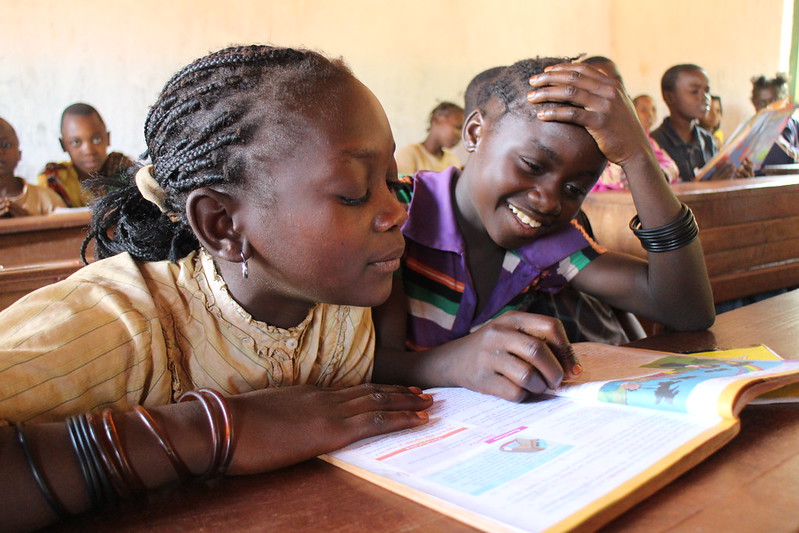Improving collection and use of data
There is a lack of data at a community, national, regional and global level on violence in schools, with violence indicators lacking from many existing education surveys and data sets, and similarly a lack of education indicators in violence against children surveys.
There is a dearth of data to inform policy and programming for younger children as most international surveys collect data on children above 12 years old. This is preventing data informed interventions to prevent VIS in primary schools. There was discussion around examining best ways to secure data on violence from younger children and ways to collaborate on this.
A standardised survey mechanism could be integrated into national data collection systems and collected at regular intervals to track the prevalence of violence in schools.
There was consensus on the utility of a global status report on responses to violence in school, including information on solutions and example countries that could support accountability and drive investment.
“Not all evidence is equal and evidence by itself is not enough to drive change”
Research and evidence generation
There is a need to define a shared global research agenda on generating systematic evidence on the prevalence, impact and interventions for school violence. It was noted that this would need to:
- Take into account the cultural and contextual differences across each country and establish well-tailored national research agendas;
- Collaborate with countries that are already committed to the cause across different regions;
- Help strengthen the research capacity of local practitioners by communicating and understanding what is needed in the country.
Funding and supporting youth-led, trauma-informed and survivor led research. It was noted that the youth consultation ahead of the conference called for data-driven and evidence-based decision-making.
Recognising the value and importance of practice-based learning as an important value-added contribution to contextualising data.
Dissemination and uptake of evidence
Existing evidence needs to be made more visible and coordinated, to share and disseminate through existing coalitions such as Safe to Learn and the SRGBV Working Group as well as new, education-specific fora.
Ensuring that VIS is discussed at key sectoral, research conferences including SVRI and CIES.
Promoting and supporting the rolling out of the Safe to Learn diagnostic tool in more countries.
Promising models
Evidence of progress and what is working was shared by a range of participants. Promising models included those developed by Breakthrough in India; the Good Schools Toolkit in Uganda; Right to Play’s approach in Pakistan which was evaluated through What Works to Prevent Violence programme. Ministry of Education representatives from Nigeria, Indonesia, Tunisia and Zimbabwe also shared lessons from the national level.
The following factors for successful implementation of policies, laws and interventions were discussed:
- Designing interventions through multi-stakeholder consultation and in close partnership with government (local and national) to enable buy in and implementation.
- Working with ‘missing middle’ stakeholders between schools and political will, such as bureaucrats, teachers’ unions, school leadership, parents, community and religious leaders.
- Working with teachers as agents of change, including supporting and encouraging their understanding of the issue, and training in positive discipline strategies.
- Creating clear mechanisms and institutional frameworks to enable and enforce existing and new legislation.
- Effectively engaging with civil society to inform local level plans along with holding government to account.
- Producing accessible materials to enable change at the school level without overburdening teachers, educators and members of the school community.
